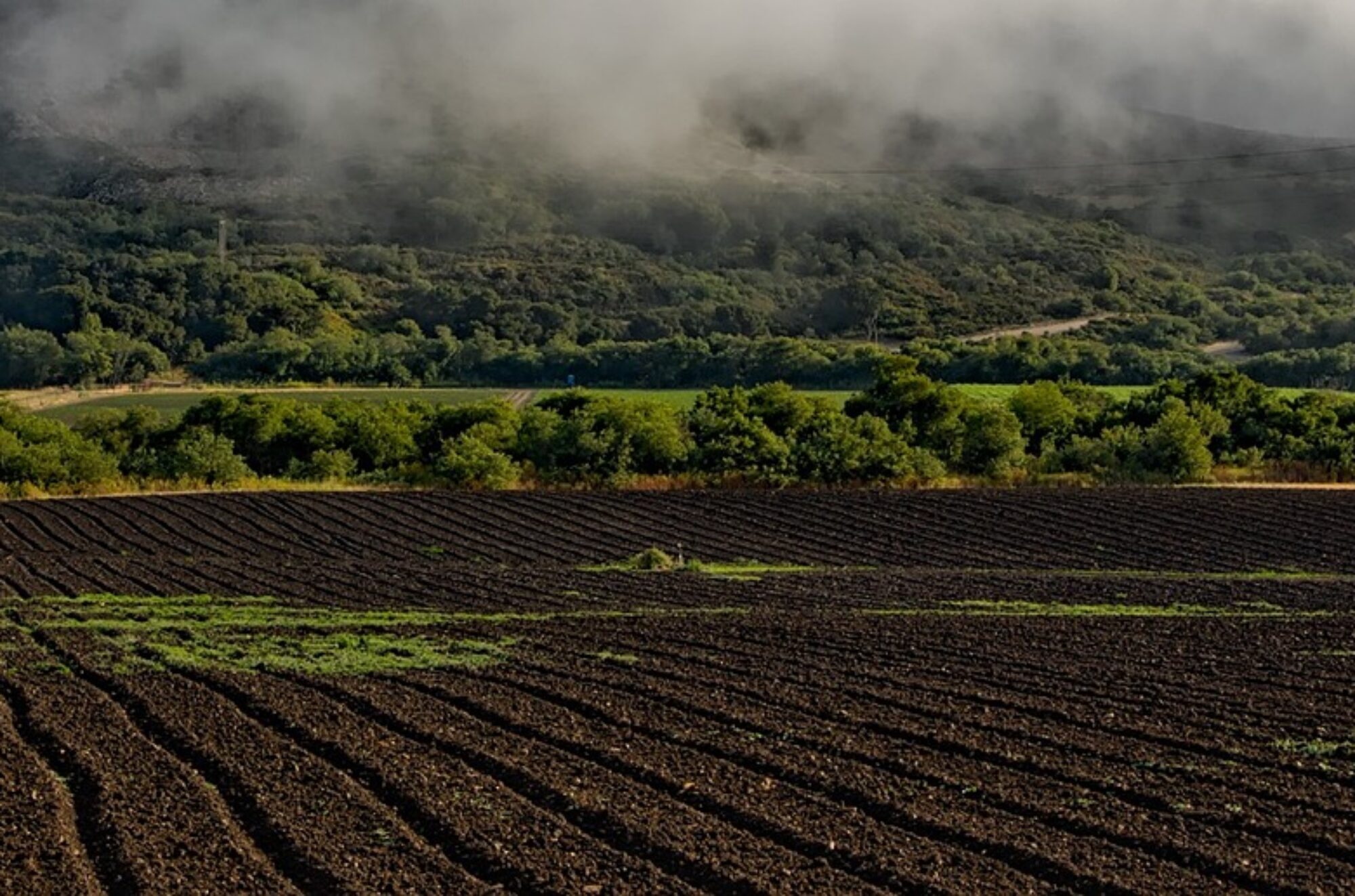The Kansha History Project documents and celebrates the contributions, skills, and accomplishments of Nikkei (Japanese American) farmers prior to World War II–a legacy which continues to this day. Many had invested their entire savings as well as their labor, skills, hopes, and dreams, into these farms, which they were forced to give up. The losses in crops, structures, land, and housing were recorded by federal field agents. These records are a window into the family and community life of thousands of Japanese Americans. Over 200 volunteers, mostly Nikkei farmer descendants have transcribed over 6,000 records, making them searchable to descendants.
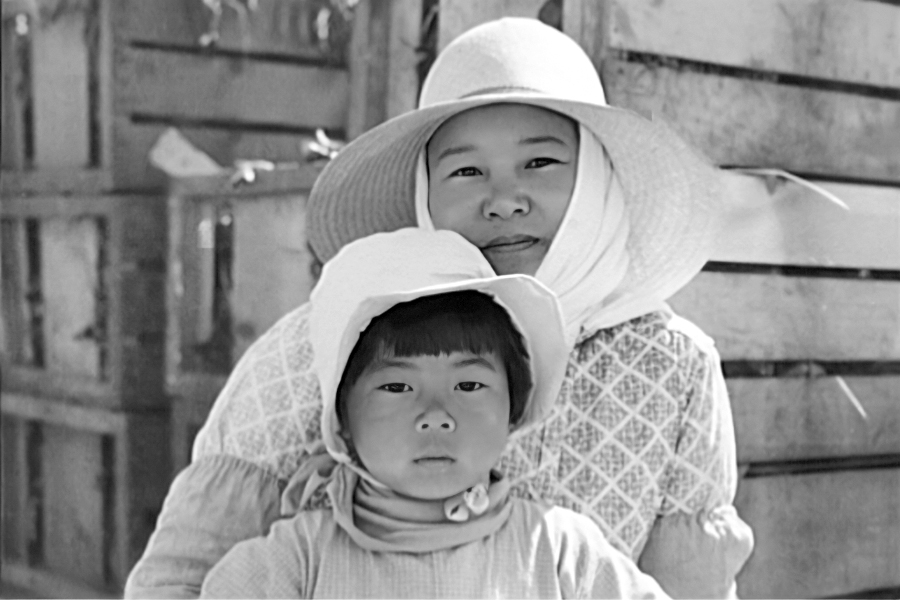
Every record is a precious family story.
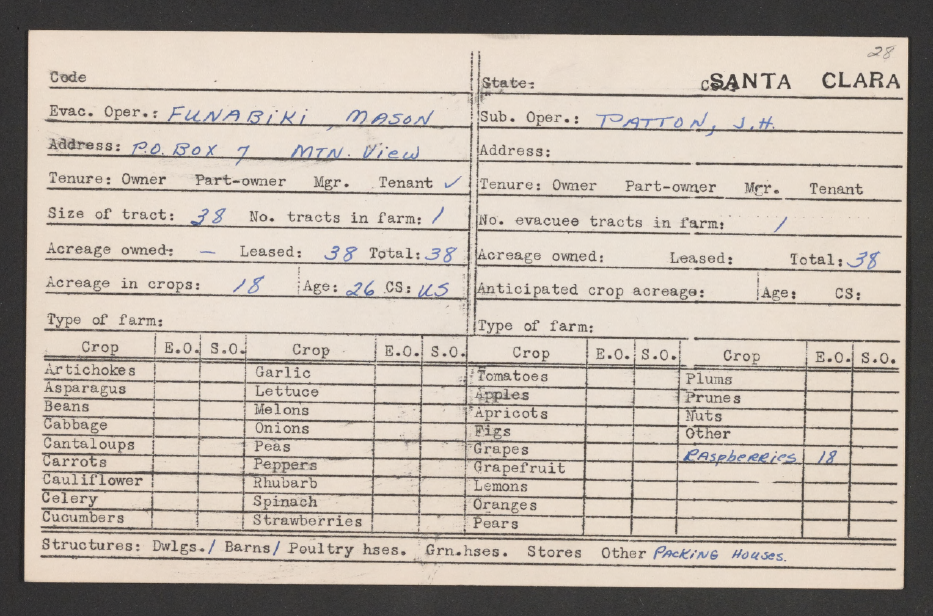
Mason Funabiki, his story is one of thousands.
This record shows that Farmer Mason Funabiki was just 26-years old and responsible for a 18-acre farm at the time of incarceration. Discriminatory laws at all levels of government prevented Asian Americans from owning land or living in many communities. Therefore, many highly capable farmers were unable to purchase land. Before World War II, Mountain View and the entire Santa Clara Valley was known as “the Valley of Heart’s Delight” for its abundant fruit orchards. Today, it is known as “Silicon Valley.”
The Importance of Japanese American Farmers
Before World War II, Japanese American farmers were responsible for 40 percent of all vegetables grown in California, including nearly 100 percent of all tomatoes, celery, strawberries, and peppers.
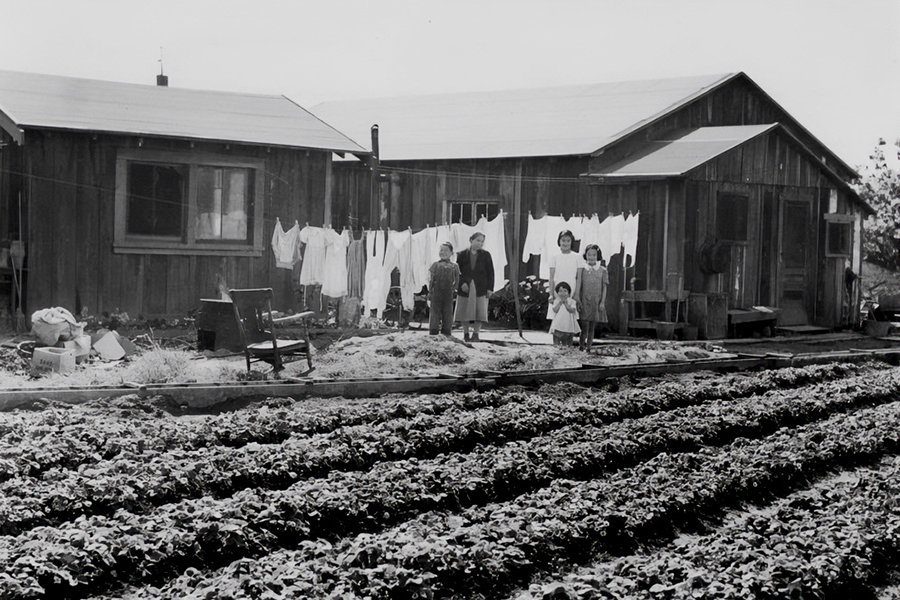
In California alone, it is estimated that over 6,000 farms encompassing 200,000 acres were sold or transferred under duress. (Farm Security Administration)
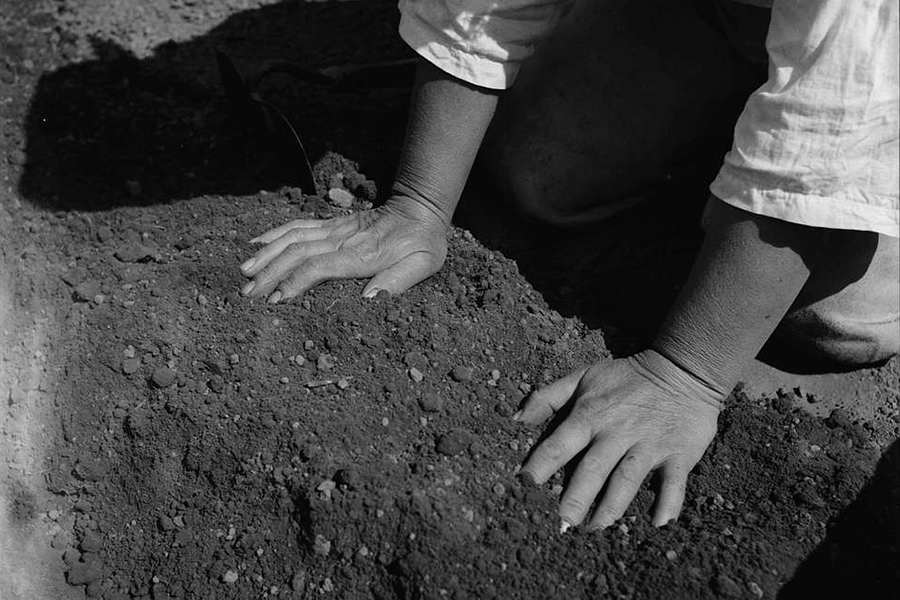
Before Spanish and Mexican colonialists and white settlers disrupted the ecosystem, Indigenous people managed these lands in healthy ways and increased biodiversity for over 10,000 years.
